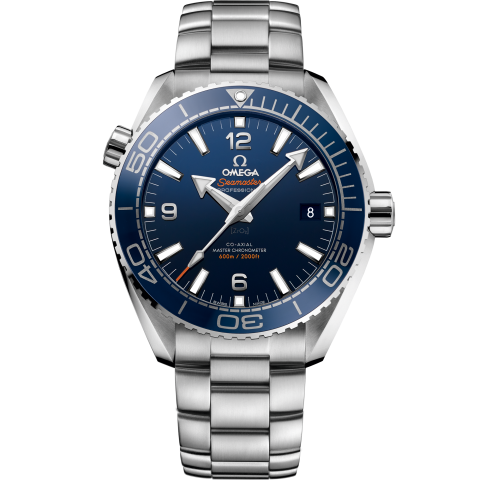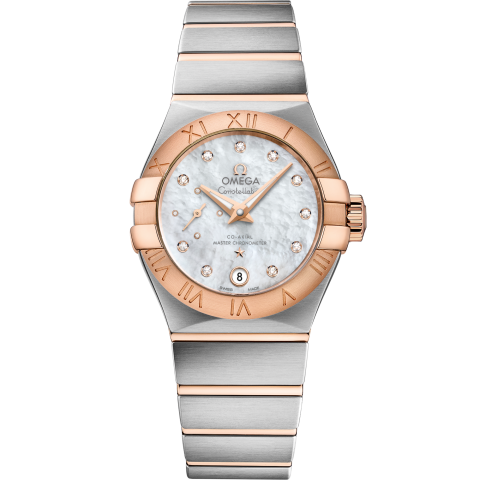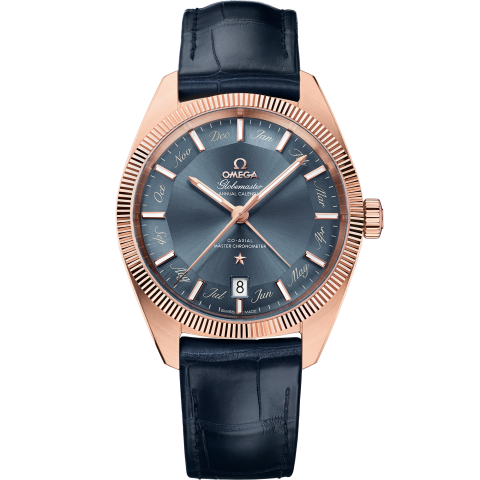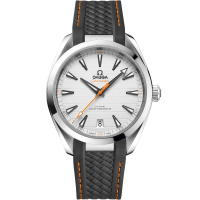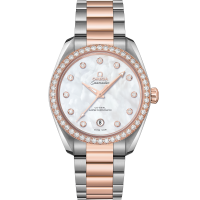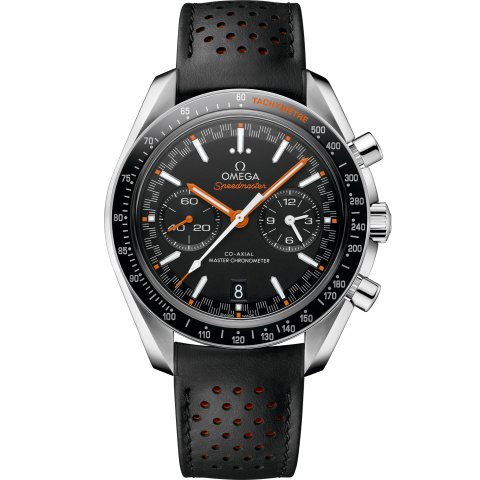Diese Cookies sind für den Betrieb der Website erforderlich, damit Sie die von Ihnen angeforderten Dienstleistungen in Anspruch nehmen können. Dazu gehören z. B. Cookies, die es Ihnen ermöglichen, sich in sichere Bereiche der Website einzuloggen.
Diese Cookies speichern Informationen über die von Ihnen auf der Website getroffenen Entscheidungen, wie z. B. Ihren Benutzernamen, Ihre Sprache oder die Region, in der Sie sich befinden. Auf diese Weise sind wir in der Lage, Ihre Benutzererfahrung auf der Website zu personalisieren.
Diese Cookies ermöglichen es uns, Informationen darüber zu sammeln, wie Besucher die Website nutzen, z. B. um Besucher zu zählen und zu sehen, wie Besucher auf der Website navigieren. Sie erfassen Ihren Besuch auf der Website, die von Ihnen besuchten Seiten und die Links, die Sie aufgerufen haben. Diese Cookies sammeln keine Informationen, die Sie identifizieren. Alle Informationen sind anonym. Dies hilft uns, die Funktionsweise der Website zu verbessern.
Diese Cookies ermöglichen es Ihnen, Inhalte der Website mit Social-Media-Plattformen (z. B. Facebook, Twitter, Instagram) zu teilen. Wir haben keine Kontrolle über diese Cookies, da sie von den Social-Media-Plattformen selbst gesetzt werden. Bitte sehen Sie sich Abschnitt 3 der Cookie-Richtlinien über Pixel und Social Plug-ins an, um mehr darüber zu erfahren, wie Social-Media-Cookies in Verbindung mit Social Plug-ins verwendet werden.
Diese Cookies ermöglichen es uns, auf Websites Dritter individuell angepasste Werbung zu schalten, die auf Ihrem Interesse an unseren Produkten und Dienstleistungen basiert, das Sie bei Ihrem Besuch auf unserer Website bekundet haben. Diese Cookies sammeln keine Informationen, die Sie identifizieren. Alle Informationen sind anonym.

